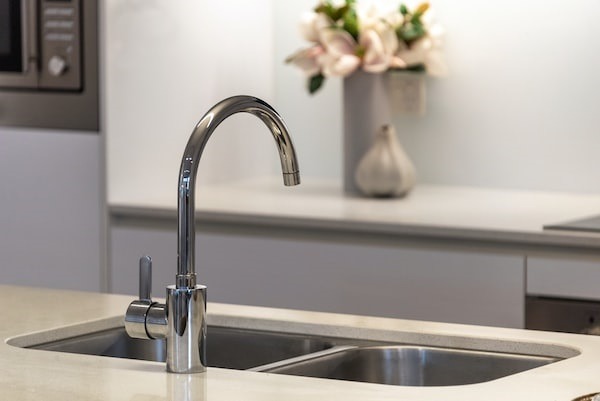Tankless water heaters are a great energy- and cost-saving solution for many homeowners, but they are not without their issues. From improper installation to inadequate temperature control, there are a number of common problems associated with tankless water heaters that you should be aware of. Keep reading to discover the top problems with tankless water heaters.
Inadequate Hot Water Supply
Inadequate hot water supply is a common problem with tankless water heaters that can be caused by several different factors. Tankless water heaters are becoming increasingly popular due to their energy efficiency and convenience. However, it’s important to understand that these systems have their own unique issues that can lead to inadequate hot water supply, and it’s important to know how to troubleshoot and fix these problems.
One of the most common causes of inadequate hot water supply with tankless water heaters is a clogged or blocked water filter. These filters are designed to catch debris and sediment that can accumulate over time, but if it becomes clogged, it can restrict the flow of water and cause your tankless water heater to struggle to heat it. If you notice that your hot water supply is inadequate, you should check the filter to make sure it’s not blocked. Ask a professional if you need to learn more about water heater maintenance needs.
Leakage and Seepage Issues
Leakage and seepage issues are common issues with tankless water heaters, but they don’t have to be a major headache. Tankless water heaters heat water on demand, meaning they don’t store hot water as a traditional tank-style water heater would. This means that they don’t have to worry about hot water being stored over time and leaking. However, that doesn’t mean that there aren’t other opportunities for water to leak. Don’t hesitate to learn more by checking out maintaining a water heater.
Leaks can occur in a tankless water heater due to improper installation, faulty parts, or wear and tear over time. The most common sources of leakage are around the valves, in the pipes, or from the unit itself. A leak from the unit could be due to a crack in the heat exchanger or a loose gasket. A leak around the valves could be due to a worn-out washer or a damaged O-ring. And a leak in the pipes could be due to corrosion, a loose connection, or a crack. It’s important to address a leak quickly to prevent a flood in your home. Check out water heater in rancho cucamonga for more information.
A Malfunctioning Thermostat
A malfunctioning thermostat is a common issue with tankless water heaters, and it can be a real headache for homeowners. The thermostat is part of the water heater that regulates the temperature of the water. Without a thermostat, the water heater will not be able to maintain a consistent temperature. This can cause the water heater to run constantly, which can be expensive. It can also cause the water heater to overheat, which can be dangerous.
There are a few things you can try if you think your thermostat is malfunctioning. First, try resetting the thermostat. This is done by turning off the power to the water heater, then waiting a few minutes before turning it back on. This should reset the thermostat to its default settings. If this doesn’t work, you may need to replace the thermostat.
Sediment Buildup
Sediment buildup is a common issue that homeowners with tankless water heaters must deal with. While tankless water heaters are more efficient than traditional tank-style water heaters, they also require more maintenance than their tank counterparts. Sediment buildup can be caused by a variety of factors, from hard water to improper installation and maintenance.
Overall, tankless water heaters present many advantages over traditional water heaters; however, their complexity requires regular maintenance and upkeep to ensure their proper functioning. Without regular maintenance, common problems such as those outlined above can occur and lead to decreased efficiency, increased energy bills, and even safety issues.


